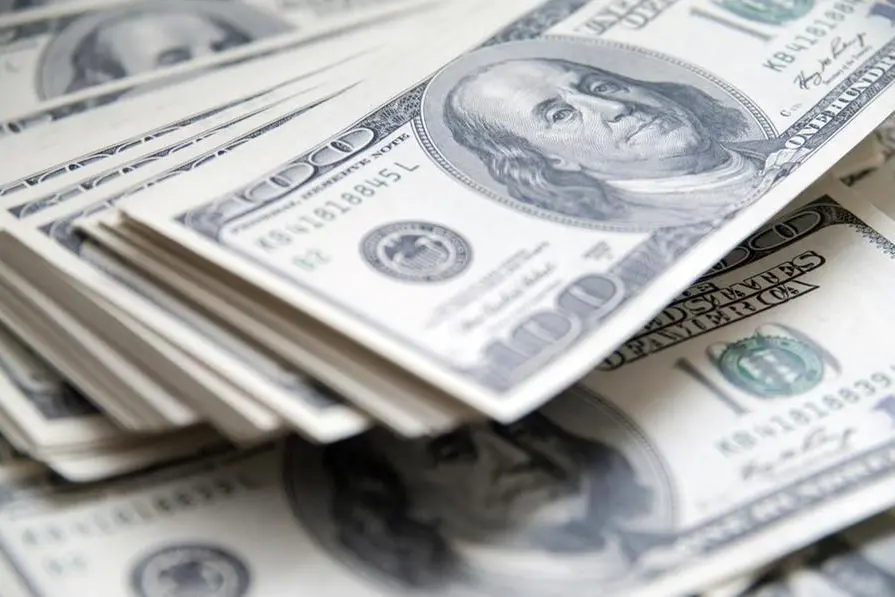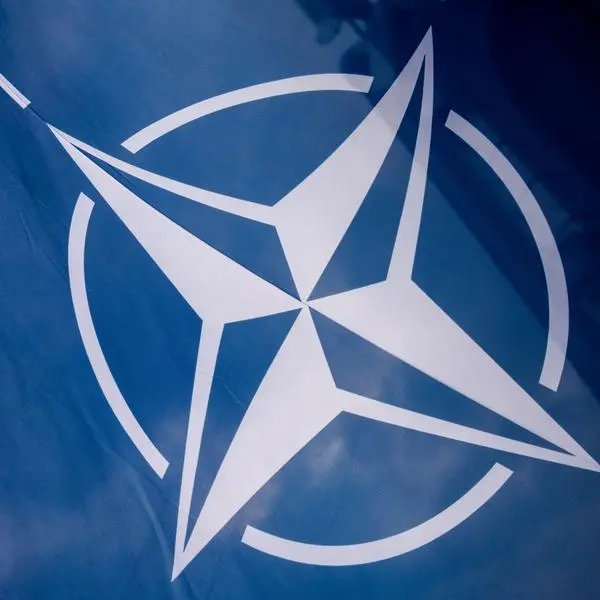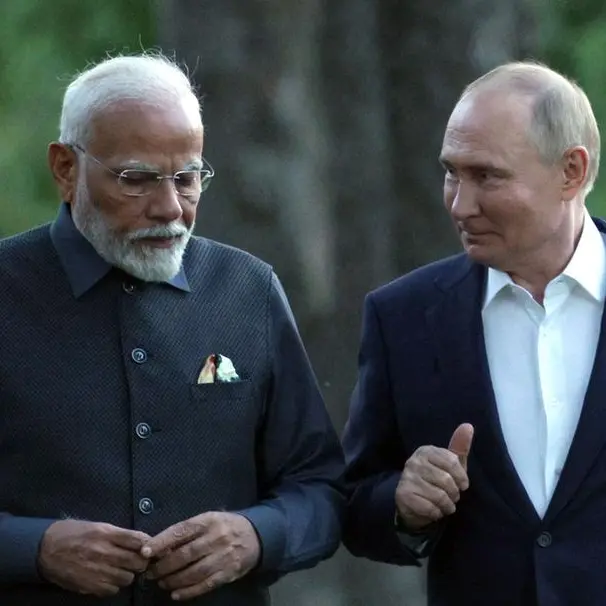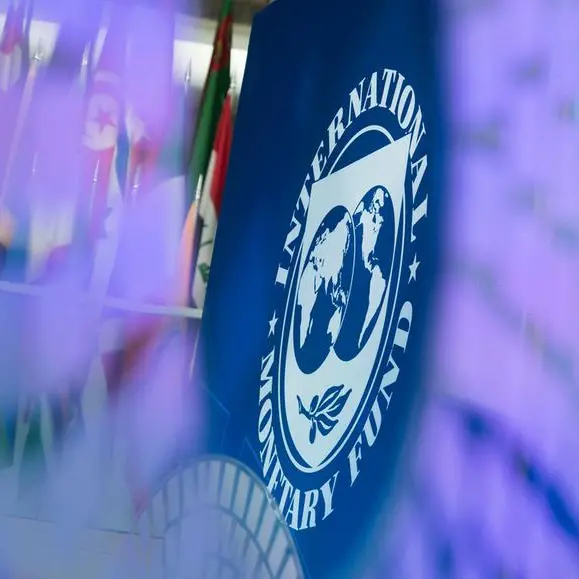PHOTO
The 'weaponisation of the dollar by the US and allies against Russia in retaliation of its invasion of Ukraine has sparked anew a debate on the US currency’s future as a global reserve with most analysts predicting that such a martial approach could undermine the greenback’s dominance.
Analysts say using the world's top reserve currency as a financial weapon is likely to accelerate a move already initiated by many countries to diversify investments into alternative currencies.
For China, the world’s second largest economy, such exploitation of the dollar’s global dominance will force it to speed up measures to reduce its reliance on the dollar and lead to the creation of an alternate global financial payments system, monetary experts argue.
“The more the US uses it, the more other countries are going to diversify due to geopolitical reasons,” said Zongyuan Zoe Liu, a fellow for international political economy at the Council on Foreign Relations.
The dollar debasement is the ultimate outcome as the dollar is weaponised in the new era of sanctions, Bank of America analysts led by Michael Hartnett noted in a report released on Thursday.
In a sign that shift is already gaining pace, The Wall Street Journal said that Saudi Arabia was in talks to price some crude it sells to China in yuan.
China’s push to establish a digital yuan and create an alternate payments system is part of the plan. The massive Belt-and-Road Initiative will also aid China in its attempts to broaden international acceptance and usage of its currency. Back in 2020, given already rising geopolitical tensions, China and Russia agreed to ditch the dollar for bilateral trade settlements.
“Given the emergence of the China-Russia alliance, and, considering China’s continuing rise as an economic and military power, we cannot underestimate the future risk to the dollar’s global status. Strengthening US alliances with emerging powers (like India and Brazil) and establishing closer ties with the African continent will be essential for the West as we enter a new era of geopolitical competition,” argues Vivekanand Jayakumar, an associate professor of economics at the University of Tampa.
Russia has been gradually reducing its dollar holdings since the imposition of Western sanctions following Moscow’s annexation of Crimea in 2014. In 2021 it said it would ditch all dollar assets in its National Wealth Fund and increase holdings in euros, Chinese yuan and gold.
Russia’s Treasury holdings fell to negligible levels in mid-2018, and are down from around $150 billion a decade ago, according to Treasury International Capital (TIC) data. Other countries have also been reducing their bond holdings.
China held $1.1 trillion in Treasures in January, making it the second largest foreign owner after Japan, down from around $1.3 trillion in 2013. China has been buying a smaller share of US debt held by the public, which has increased to $23 trillion from around $12 trillion over this time period. Saudi Arabia held $119 billion in Treasuries as of January 2022, down from $185 billion in February 2020.
In 2018, faced with US sanctions, Russia shifted its reserves out of dollars and is selling its oil in non-dollar currencies. Likewise, Europe or China may succeed in developing alternative payment mechanisms that would allow Iran to sell some of its oil. That might, in turn, undermine the dollar’s role in the long run, currency pundits argue.
Ever since the US dollar replaced the UK’s pound sterling as the global reserve currency, the bottom line has been that the greenback remains in first place by a wide margin, followed by the euro, the yen, and the pound sterling. China’s yuan is still in eighth place in terms of foreign exchange market turnover. Some 47 per cent of global payments currently are in dollars, compared to 31 per cent in euros.
Furthermore, 88 per cent of foreign-exchange trading involves the dollar, almost three times the euro’s share (32 per cent). And central banks hold 62 per cent of their reserves in dollars, compared to just 20 per cent in euros. The dollar also dominates on other measures of currency use in trade and finance.
Copyright © 2022 Khaleej Times. All Rights Reserved. Provided by SyndiGate Media Inc. (Syndigate.info).












